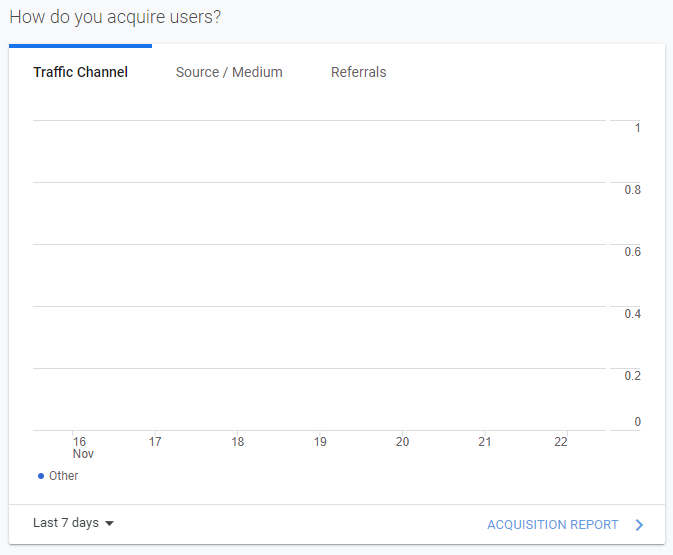Are your social media marketing efforts paying off?
You’re either paying money for a service to handle your social media marketing or spending countless hours doing it yourself. Either way, social media creates an expense for your medical practice, but the real question is, is it paying off?
When it comes to tracking results from your marketing strategy, you have to look at it from different angles to draw strong connections between the marketing channel and its ability to convert to sales, new patients, referrals, and more.
Just like a billboard, reach is an estimate of its visibility. Social media works the same way, and there are even more specific ways to analyze the impact it’s having on your practice brand visibility and online presence.
Can you get new patient leads from social media?
The long game answer is, yes. The effort to build a brand presence in the online space has a powerful impact on filling the pipeline with new leads that lead to customers down the road.
Each post doesn’t necessarily translate into a new patient visit when it comes to social media marketing. The post that encourages a new patient to contact your office is hard to track.
The reason behind this is something we can all resonate with...
Imagine you’ve seen a business on a TV commercial and maybe went to their website. You asked a friend about the company, and they’ve used them before and highly recommend. Months go by, and you see one of their trucks which prompts you to look into their service again. You go to their website and next time you’re on social an ad pops up with a discount to try their service. You read their Facebook and Google reviews. And, finally, you decide to call and make an appointment. So which channel gets the credit?
There are so many points of entry to your practice like website, landing pages, referrals, emails, ads, so when it comes to social media and understanding where the traffic is coming from, there are a few things you can do.
How to find out if your patients found you on social media
Ask new patients how they found your practice
Include a question about how they located your practice as part of the new patient paperwork. Use checkboxes with specific answers like Facebook, Instagram, Google search, maps, friends, etc. This info may tell you how they first heard about you, or it could reveal the source that made them decide to call and set up an appointment. Either way, it’s valuable.
Analyze your website analytics
Google Analytics (or if you have an SEO company) has data on what traffic source brought people to your website. Sources of website traffic could be social media, landing pages, email campaigns, search bar, web pages, and ads. From here, you’re able to analyze trends. When you run a promotion, use website analytics to gauge whether you’re experiencing a spike in traffic from social media.
Google analytics screenshot
Check out the top recommended website analytics resources from Inc.com.
Use a unique coupon code for each ad/promotion you run
If you put a promotion on social media, tie a unique coupon code to it. When people purchase the product or service you were promoting, you’ll know which source sealed the deal and led them to buy. They may have seen or heard of you in other places, but this coupon code is unique to that purchase and tells us it drove traffic and converted.
Use a URL link in your social media that’s tied to a landing page
When a person clicks on a URL link in your bio and it directs them to your website, analytics will track that. It doesn’t tell us that’s how they first heard of you, but it tells us they saw you on social and prompted them to connect with your website.
If you have a specific service, treatment, or product you’re offering, create a landing page specific to that item and attach a unique link. When you mention it on social media, it’ll tell you if someone clicked on the link due to that social media content.
Are likes and comments a measure of ROI?
Yes, not really, no. These are vanity metrics. An account with many likes may make zero dollars in revenue, and an account with no likes could attract lasting patients into the office.
Also, different types of social media accounts engage with their followers in different ways. The quantity of likes and comments is usually a reflection of that —plus the quality of their content, of course.
In reality, not everyone scrolling ‘likes’ or ‘comments’ on a post and some content garners more attention than others. Some topics in the medical field can feel embarrassing or serious, and even though your audiences resonate with them, they may shy away from engaging with the post, though they still find it valuable.
In short, the best measure of ROI for social media is its role in acquiring the new patient and the lifetime value of that patient. Using the techniques above will help you determine that impact.
Have you signed up for our email list yet? You should. It’s called The Scope—a newsletter for like-minded physicians who want to know more about growing their practice with marketing. Sign up here!
